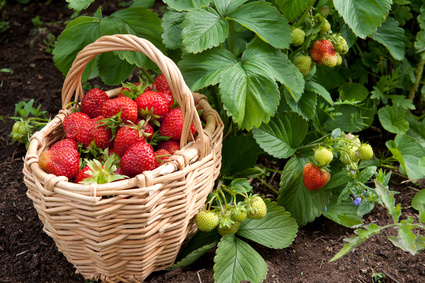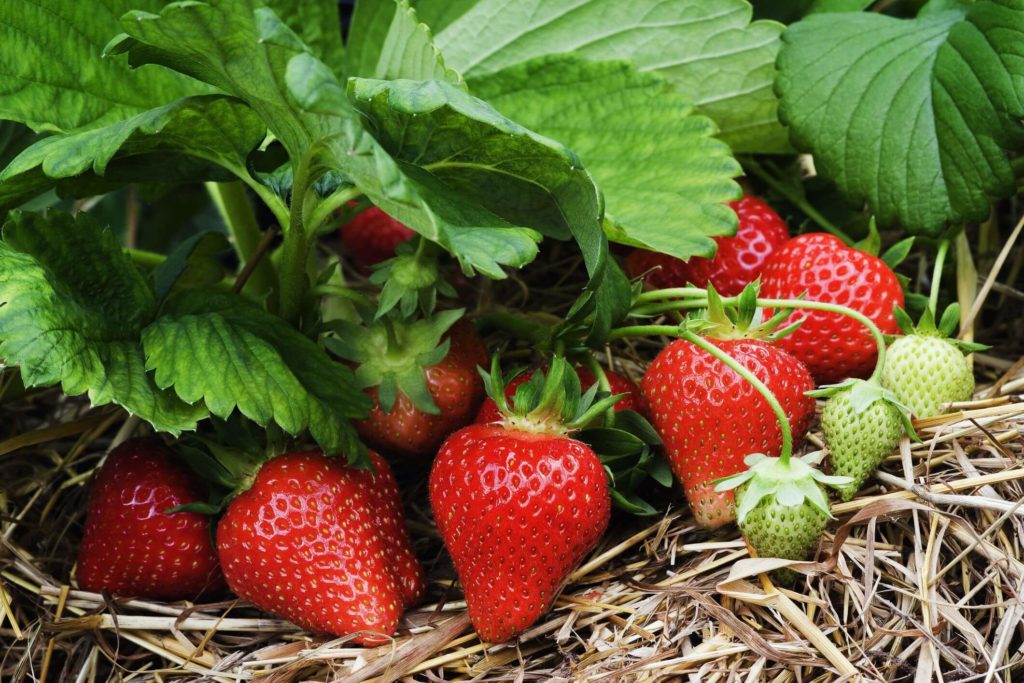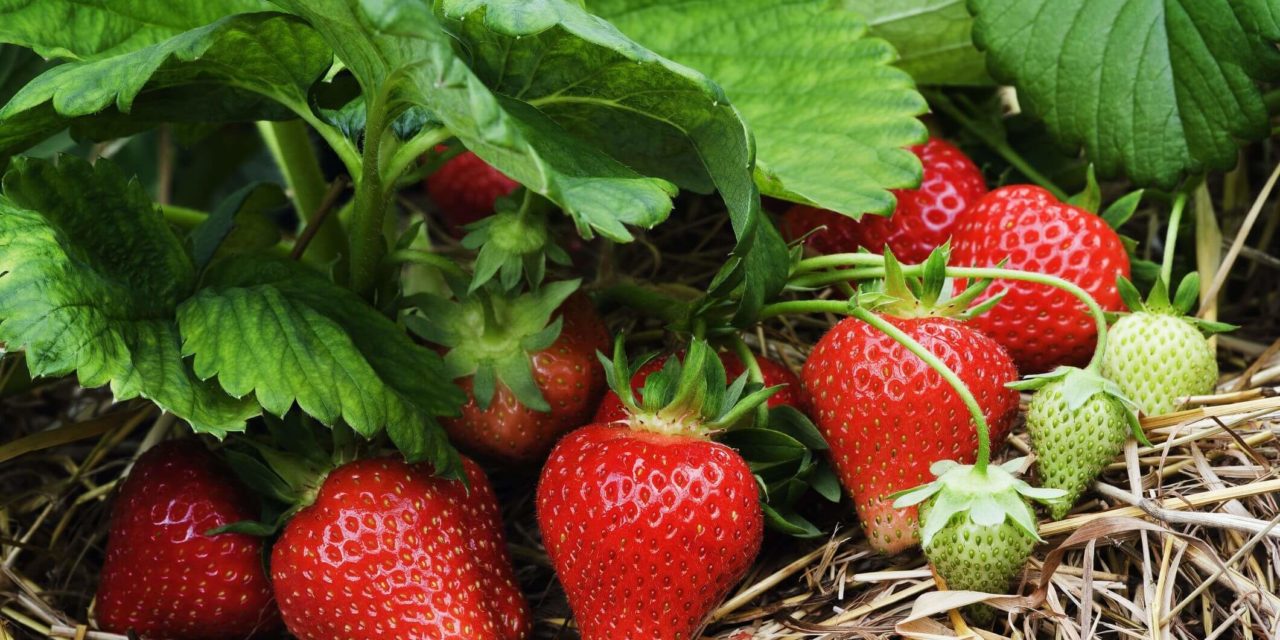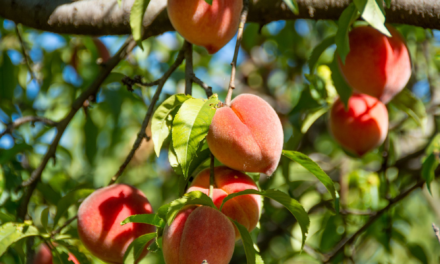Growing strawberries from seed can be a fun and rewarding gardening project. But one of the first questions people ask is, “How long does it take to grow strawberries from seed?” The answer depends on a few factors, such as the type of strawberry and the growing conditions. Here's a general guide to help you plan for your own strawberry-growing adventure.

Types of Strawberry Plants
There are two main types of strawberry plants: June-bearing and everbearing. June-bearing varieties produce a large crop all at once in late spring or early summer. Everbearing varieties bear fruit throughout the growing season.
Within these two categories, there are many different varieties of strawberry plants, each with its own unique characteristics. Some varieties are bred for their sweet flavor, while others are bred for their resistance to disease. Some varieties produce large berries, while others produce smaller berries.
Depending on the variety you choose, it can take anywhere from 50 to 80 days for your strawberries to mature enough to harvest. So, if you're planning to grow strawberries from seed, you'll need to start them indoors about 10 weeks before the last frost date in your area.
Conditions for Growing Strawberries
In order for your strawberries to thrive, they'll need full sun and well-drained soil that's rich in organic matter. The pH level of the soil should be between 6 and 7. If you're not sure about the pH level of your soil, you can have it tested by your local cooperative extension office. Once your strawberry plants have been transplanted into the garden, they'll need consistent watering—about 1 inch per week—to produce healthy fruit. Too much or too little water can cause problems, such as disease or poor fruit production.
How to Care for Strawberry Plants
Watering
One of the most important things you can do for your strawberry plants is to make sure they get enough water. During the spring and summer months, strawberries need about 1-2 inches of water per week. The best way to water your plants is with a soaker hose or drip irrigation system so that the water goes directly to the roots where it's needed most. Avoid getting the leaves wet, as this can lead to fungal diseases.
Fertilizing
Strawberry plants are relatively heavy feeders, so they will need to be fertilized regularly throughout the growing season. A general-purpose fertilizer like 10-10-10 or 8-8-8 will work well. Apply the fertilizer according to the package directions; as a general rule of thumb, you should apply 1 pound of fertilizer per 100 square feet of garden space.
Pruning
Pruning is an important part of keeping your strawberry plants healthy and productive. After the fruit has been harvested in early summer, remove any leaves that are yellow or brown. This will help improve air circulation and prevent fungal diseases from taking hold. In late summer or early fall, cut back the remaining leaves so that only about 6 inches of growth is left. This will help the plant focus its energy on producing fruit next year instead of foliage.
The History of Strawberry Plants

The Origin of Strawberries
The strawberry plant is believed to have originated in Europe sometime during the 18th century. The first recorded instance of strawberries being grown in America was in 1765, when Benjamin Franklin sent some plants to his friend John Bartram, a well-known botanist. From there, strawberries quickly became a popular crop among American farmers.
How Strawberries Got Their Name
The scientific name for the strawberry plant is Fragaria chiloensis. But where did the word “strawberry” come from? One theory is that it comes from the Old English word streawberige, which means “strewn berries.” This makes sense when you consider that wild strawberries are often found growing on the forest floor, mixed in with other fallen leaves and debris.
Another theory about the origins of the word strawberry is that it comes from the Anglo-Saxon word streoweberge. This word roughly translates to “street berry,” which refers to the fact that strawberries were often sold by vendors on the streets of London.
By following these simple tips, you can enjoy a bumper crop of delicious strawberries from your very own backyard! Now that you know how long it takes to grow strawberries from seed, it's time to roll up your sleeves and get to planting!



















